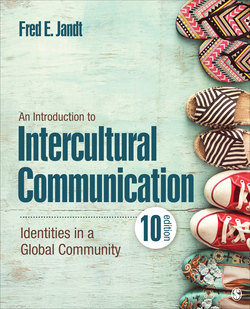Читать книгу An Introduction to Intercultural Communication - Fred E. Jandt - Страница 36
На сайте Литреса книга снята с продажи.
Focus on Skills 1.2 Cultural Understandings of Gift-Giving Practices
ОглавлениеAssume you work as an intake interviewer at a taxpayer-funded U.S. social service agency that helps low-income residents achieve self-sufficiency. Your agency provides employment services, English as a second language instruction, a clearinghouse for support services in the community, and immigration services. As a county employee, you received a copy of the county ethics policy that prohibits “soliciting or accepting gifts of any value from persons or firms doing business with the county that could reasonably tend to influence you in the performance of your duties or give the appearance of influence.”
At an interview with a Chinese couple and their children in early October, the mother offers you a wrapped gift. You say you cannot accept a gift. She insists, saying it is a mooncake. You bring the interview to a close and escort the family out of your office, putting the gift back in her hand on the way out. That night you look up “mooncake” on the Internet and learn that in a Chinese family mooncakes are shared as a symbol of unity. But some also give them as part of the guanxi custom.
1 Should you violate laws to accommodate another's cultural behavior?
2 Should you have handled the situation differently?
3 The couple is coming in for another interview. Do you say or do anything about the gift?
Berlo was interested in using communication to solve problems such as finding more effective ways of communicating new agricultural technologies to farmers and communicating health information to the peoples of developing countries. He drew from engineering to conceptualize communication as a process of transmitting ideas to influence others to achieve the communicator’s goals. Even though Berlo emphasized that communication is a dynamic process, as the variables in the process are interrelated and influence each other, overall his conceptualization of communication can be labeled machinelike or mechanistic. Communication was conceptualized as one-way, top-down, and suited for the transmission media of print, telephones, radio, and television.
